Fork It – Ash dieback
Last month I wrote about choosing trees and I am pleased to say that my mulberry tree has been delivered and planted. I also mentioned that I intend to get an elm tree that is part of an experiment to measure resistance to Dutch elm disease. Since then trees have been very much in the news, as the threat of another deadly tree disease has been widely reported.
Ash dieback disease is caused by the fungus chalara fraxinea and it has been spotted in ash trees in well over 100 locations in theUK. The disease has been spreading across northern Europe for some years and it is thought that the main vector for its appearance in theUK is from imported ash trees. However, confirmation of the disease in parts ofKent, Essex andEast Anglia has fuelled suspicions that wind-borne spores may also be to blame. There have been dramatic forecasts of the devastation of the UK’s millions of ash trees, countered by a cautious optimism that maybe the large numbers of trees will help to build up a natural resistance to the disease. The reality is that nobody is sure what will happen, but if the experience ofDenmark is indicative of what’s in store, then our countryside may be changed for ever, just as the disappearance of our elms changed the rural landscape in the 1970’s.
We have several mature ash trees in our garden and I have tended to regard them as almost a weed. Their copious seeds – called “keys” – produce copious seedlings, which I have to clear from the borders and gravel paths every spring. However I will now view the trees quite differently and will be carefully watching out for signs of leaf wilting, discolouration and die back. I found a very informative video on the forestry commission’s website www.forestry.gov.uk/chalara showing what to look for – I just hope that I don’t see the signs on any of our trees.
Unfortunately, not only do we have to be on our guard for signs of disease, but also for signs of pests, as larvae of the Asian Longhorn Beetle were found near Paddock Wood earlier this year. The infected trees, together with others from a surrounding 100m exclusion zone, were all felled and burned in the summer to prevent the emergence of any more adults. There is also a “buffer zone” of about 2 km around the attack outbreak, which is being monitored. The larvae were found in poplars, but they will infest other trees, including ash. We have quite a lot of poplars, which act as windbreaks for our orchards and they are magnificent specimens that I would hate to lose. As we live not that far away from this outbreak, I fervently hope that the forestry commission has managed to stop this pest.
So it is on rather a wistful note that I end the year. The dreadful weather made it a summer best forgotten by gardeners, but we are by nature an optimistic bunch and we’ll soon be reaching for the seed catalogues – paper or online – and planning 2013’s crops. Have a relaxing Christmas and Happy New Gardening Year!

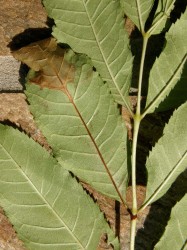
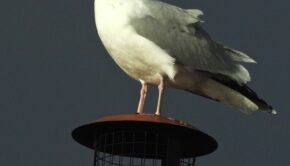
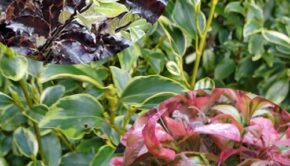
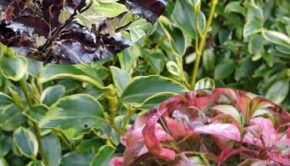
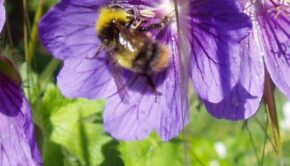
Comments